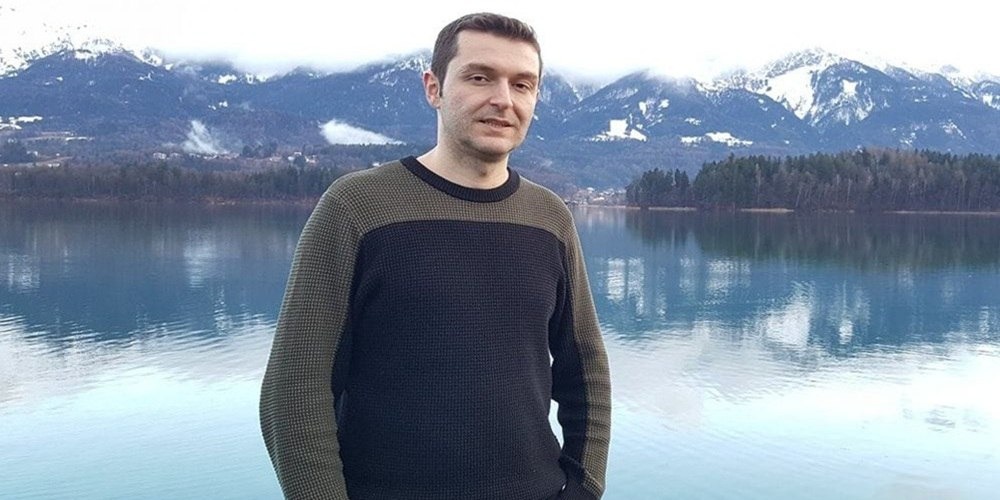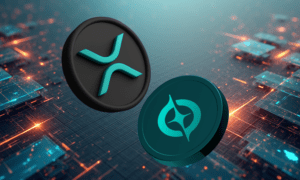Erik Ghazaryan, a senior developer in cloud systems and scalable architecture explains how mentorship and clean code practices can unlock real team growth
In tech, everyone’s focused on developing products, but not enough talk about developing people. According to Stack Overflow’s 2024 survey, more than half of junior developers struggle to contribute in their first six months, often because the codebase is messy or no one’s there to guide them. While companies scramble to grow fast, the smartest leaders are realizing that real progress comes from building systems and teams that grow together.
Erik Ghazaryan, a Senior Software Developer at Nagarro, a global digital engineering and technology consulting company, knows this from experience. Over the past decade, he’s worked on everything from Austria’s national railway systems to complex retail platforms—modernizing core services, improving performance, and making codebases easier for teams to work with. Along the way, he’s earned some of the industry’s most trusted credentials: Google Cloud Certified Professional Cloud Engineer, Oracle SQL Certified Associate, and VMware Certified Spring Professional, each one confirming his deep technical fluency in cloud, data, and enterprise Java systems.
And his work goes beyond code. Erik built SkillsSync, a developer assessment tool now used by multiple IT companies to evaluate real-world skills. He presented it at Barcamp Yerevan 2023, Armenia’s top tech event, where dozens of engineers tested their skills live. Through it all, Erik keeps proving that the best architecture isn’t just scalable — it helps teams grow with confidence.
1. Design Systems That Teach, Not Just Run
If you want your development team to scale, start by looking at your architecture. Is it something people can understand and build on, or something they tiptoe around?
When Erik Ghazaryan joined a critical project at Nagarro in 2024, the stakes were high. A large European retail chain was struggling with technical debt and instability in its core management system. The platform was a classic monolith: fragile, complex, and impossible to scale without risk.
“With a background in political science, I’ve seen messy systems. But that codebase was next level,” Erik recalls. “Every fix broke something else. We had to stop patching and start fresh.”
Instead of layering more fixes on top, Erik co-led the redesign. He developed a suite of scalable, high-availability microservices to replace legacy components, shifting the team toward a modular system that was not only more stable but also easier to navigate. This architectural transformation directly contributed to system reliability and uninterrupted operations across the retail chain. It also laid the foundation for smoother developer onboarding and faster QA cycles — outcomes that helped the company regain control over a previously fragile platform.
But what really made a difference was how that structure empowered the team. By isolating services and clarifying their roles, Erik helped junior and mid-level developers start contributing meaningfully within just three months. He supported the transition by mentoring them in Java, guiding them from uncertainty to delivering production-ready code.
“Structure your systems for clarity, not just performance,” Erik says. “A modular setup makes it easier to onboard new talent, delegate real responsibility, and grow your team without bottlenecks. The cleaner the system, the faster people grow into it.”
2. Mentorship That Drives Results
You can’t expect better code from your team if all you give them is a backlog. Growth doesn’t happen in the silence between tasks. It occurs in the moments when someone explains a trade-off, walks through a messy bug, or rewrites a function together. In fast-moving teams, developers often sink or swim on their own. But when mentorship is part of the workflow, not just a nice-to-have, it changes everything.
That’s precisely what Erik Ghazaryan did at REWE. Back then, the company was transitioning its team to Java while simultaneously stabilizing a mission-critical retail platform. Rather than just focusing on delivering features himself, Erik prioritized coaching junior and mid-level developers through the transition. Within three months, his mentees were confidently writing production-ready code — not because they went through a training course, but because they learned by doing, with real support.
His commitment to growing talent doesn’t end with his own team. Outside of his core roles, Erik also serves as a technical evaluator and industry advisor, helping other companies assess developer competencies. Through partnerships with firms like Digidog and Armnomads, he’s applied structured evaluations to improve how teams are built from the ground up, matching real skill sets with business needs.
“It’s always fun when someone says, ‘Wait, I’m actually good at this?’” Erik shares. “You give them the right challenge, and suddenly they light up. That shift from self-doubt to confidence is the best part of what I do.”
His approach was simple but effective: hands-on help with real features, fast feedback through code reviews, and open collaboration during architecture discussions.
“I think mentorship must be a part of your delivery cycle,” Erik explains. “Embed it into code reviews, pair programming sessions, and daily stand-ups. Treat it like any critical feature: scoped, consistent, and tied to outcomes, not left for spare time.”
3. Code Reviews Are Where Team Culture Is Built
One of the fastest ways to spot a healthy engineering team is by how they review each other’s code. For Erik Ghazaryan, this became clear while working on Austria’s national railway systems, where he was tasked with modernizing a large, aging platform tied to mission-critical infrastructure.
As part of the overhaul, Erik refactored over ten performance-critical features, improving stability and speed across the board. However, his most significant impact may have been cultural: by introducing structured peer code reviews, he helped shift the team away from isolated development toward open, shared ownership of the codebase.
At the start of the project, the system’s SonarQube (an open-source platform to automatically detect bugs, code smells, security vulnerabilities, and technical debt in codebases) score showed over 1,500 code quality issues—a clear sign of poor maintainability. By the time his refactor was complete, that number had dropped to just 140. This wasn’t just the result of writing cleaner code; it came from teaching others how to write it, too.
“Make reviews a two-way conversation. Use them not only to enforce standards, but to pass along perspective. That’s how you build trust, confidence, and consistency… Line by line,” Erik recommends.
He encouraged the team to move beyond simple approvals or redlines. Every review became a moment to explain why a pattern worked, what the trade-offs were, or how a small change might impact another service. This approach helped new developers feel less intimidated and gave experienced ones a reason to articulate their logic — a powerful way to scale judgment across the team.
Technical growth isn’t just about choosing the right architecture or adopting the latest tools. It’s about how those choices impact the people writing the code. A modular system isn’t just more efficient, but it’s easier to learn. Strong mentorship helps to turn junior developers into core contributors. And thoughtful code reviews aren’t just about quality control—they’re how teams share context, grow trust, and scale judgment.
The most resilient engineering teams aren’t built through headcount, they’re shaped by culture, clarity, and consistent feedback. When systems are designed to support learning, when processes are structured to pass on thinking, not just instructions, that’s when teams truly scale.





























